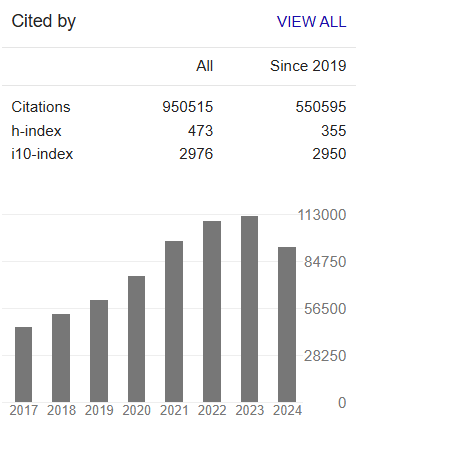Ecology of Bacterial Pathogens Associated With Public Waste Dumpsites and their Public Health Consequences
Abstract
Azuonwu Obioma and Ibira Raymond Deeyor
Human societies generates large amount of waste routinely thus, waste has increasingly becomes a huge public health issue, if we must check the sporadic upsurge of epidemic outbreaks in our communities. Nonetheless, indiscriminate dumping of waste breeds different arrays of microorganisms that have been implicated with myriads of health hazards with massive public health consequences. Therefore; there is urgent need to understand the pathogens that are associated with a public waste dump site and its Public Health implications. This observational study explored the collection of two soil samples (surface and deep), from three different sampling stations. The samples were analysed for pH and aerobic heterotrophic bacterial counts using the standard analytic procedures. Both parametric (unpaired two sample t-test) and non-parametric (Mann Whitney U, Wilcoxon and Kruskalwallis) test statistics were performed at 5% significance level. Also descriptive statistics of frequency, percentage, mean and standard deviation and prevalence rate were also explored. The statistical analysis was done using Graphpad calculator and SPSS version 21. The mean pH value of the soils ranged from pH 6.78±0.01to 7.30±0.01with no significant difference (P > 0.05) between soil levels. Heterotrophic bacterial count ranged from 1.6x108 ±1.0x106 cfu/g soil to 4.4x108 ±5.8x106 cfu/g soil. However, there was a significant difference (P < 0.05) between surface and deep soil samples. However, frequency distribution and prevalence rate revealed the probable isolates in a decreasing prevalence order Nonetheless, of Bacillus spp52 (29.4%)> Proteus spp50 (28.3%)>Klebsiellaspp37 (20.9%)>Staph auerus27 (15.3%)>Pseudomasspp6 (3.4%)> Staph. Spp5 (2.8%). The common diseases caused by these microbes range from zoonotic diseases such as Anthrax to urinary trait infections, food borne infection, wound infection and septicaemia respectively. It is therefore very critical that students and University staff in close contact with any of these dumpsites with these associated public health pathogens are at risk of acquiring the above illness thus, there is urgent need for proper waste management and smart sanitation strategy intervention in the region.



